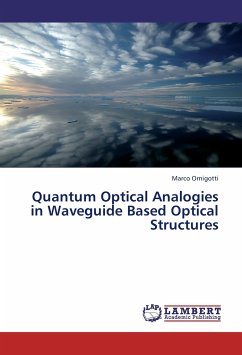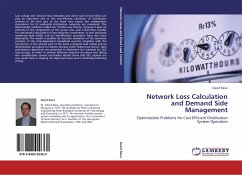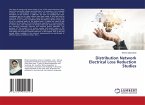The book deals in detail how the retinal photoreceptor cones respond to loss of luminance efficiency due to oblique illumination through Stiles Crawford effect of the first kind (SCE I). In Stiles Crawford effect a peripheral entry always stimulates the retina weakly compared to an identical axial entry of a beam of light. Here, the Stiles Crawford effect is modeled as an apodization of the pupil to ascertain the nature of retinal response to coherent and incoherent illumination. Then the retinal response is studied by varying the contrast in an interference pattern formed on the retina. This contrast-controlled retinal response can be used as a biomarker in detecting eye diseases. Next, the photoreceptor cone is modeled as a waveguide supporting the fundamental mode to provide a physical basis to the psychophysical SCE I.How the dependence of coupling efficiency to the ratio of incident and waveguide mode spot size leads to a departure profile which is different for normal healthy eyes and diseased eyes. Thus, this spot-size ratio departure profile can be employed as a biomarker for the early detection of a hereditary eye-ailment: the retinitis pigmentosa.








